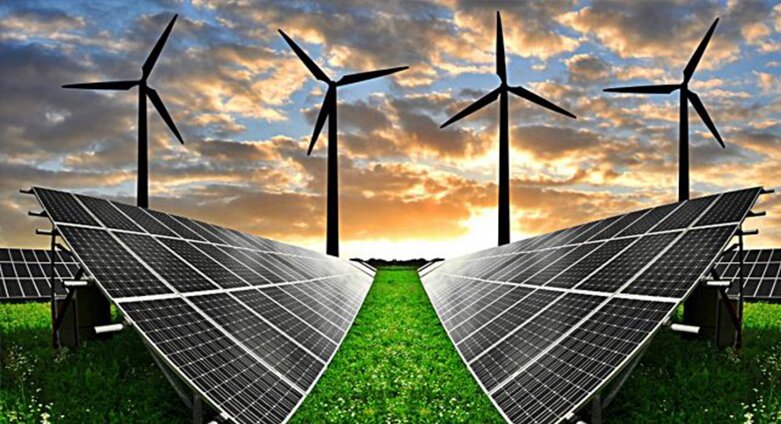As greenhouse gas ( GHG) emission continues to take its toll on the climate, the call for implementing reassuring measures of adjusting to the adverse effects of climate change also continues.
The method of adaptation is largely hinged on technology and this is fairly familiar. Many of these technologies have been tried and tested over the years.
These technologies are good measures in adapting to the climate while ensuring that they extend to developing countries that stand at a greater risk to climate change.
Human actions have contributed immensely to climate change, burning of fossil fuels resulting in an increase in the atmospheric concentrations of certain gases, which include carbon dioxide, methane and nitrous oxide.
All these emissions are called greenhouse gasses ( GHG).
With the world’s advancement, technologies can be deployed in solving climate problems.
The common problem is that planet earth is on the verge of falling apart because of climate change. With the adoption of the following technologies, the climate can be saved.
Flood safeguard technology
These measures could be adapted for farmers who are in vulnerable regions to help them deal with potential floods, it could be them building homes on stilts, craft barriers around rivers and using seeds that are flood resistant.
Another adaptive measure is weather forecasting technologies
This innovation involves the use of information technology tools which include satellites, software, computing, and sensors. This will go along to help the climate.
Supercomputing
For weather forecasting and climate change, data crunch from supercomputers can go a long way to give important predictions on time, this will go a long way to aid the climate.
Solar and wind technology
With more solar and wind technology and less fossil fuel power generators, the climate can actually survive the brunt hipped on it from lack of care. These technologies will go a long way to help the climate and its inhabitants.
Early warning system
This technology could use integrated communication systems to prepare communities for disastrous climate-related events. This could save lives and jobs as well as property. this early warning system could work well in developing countries also.
















